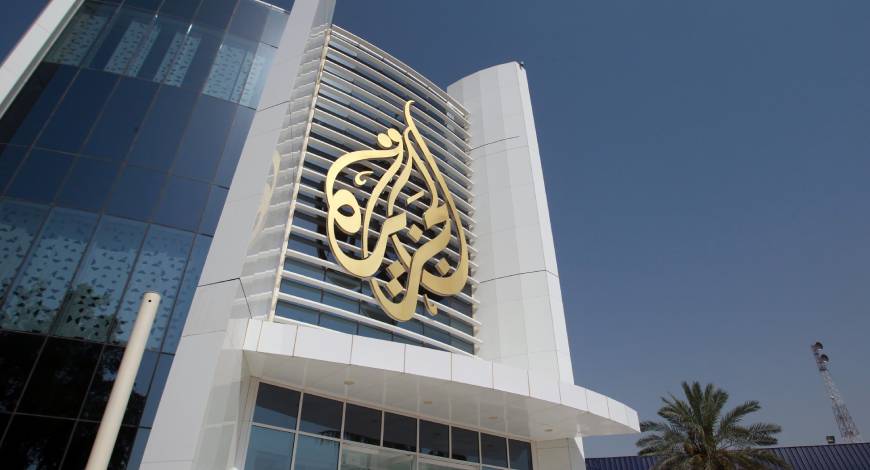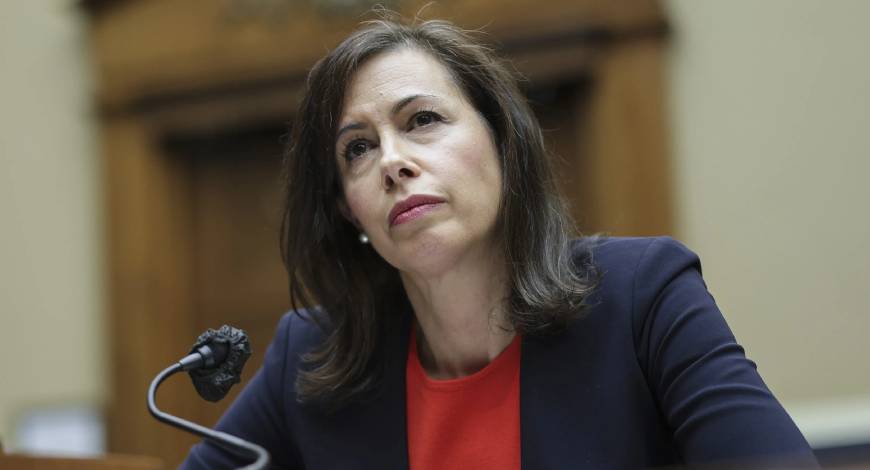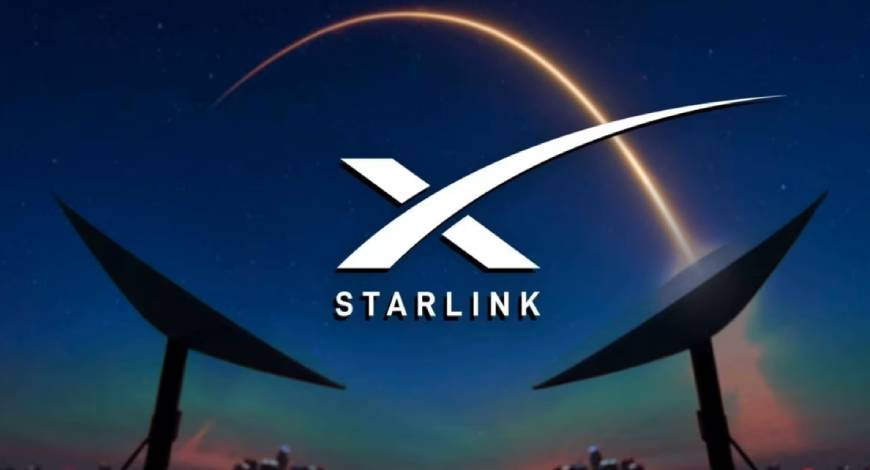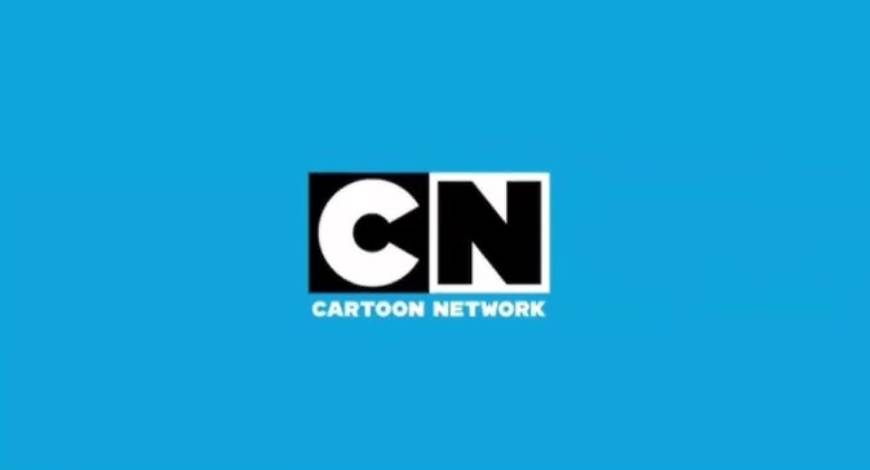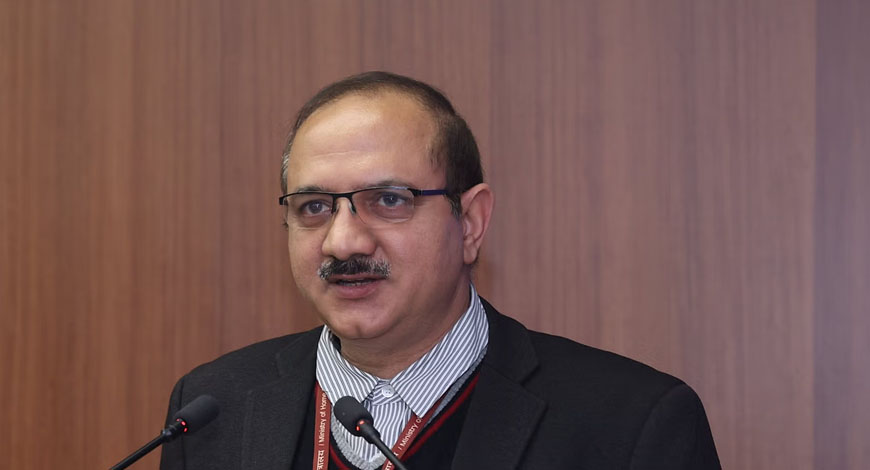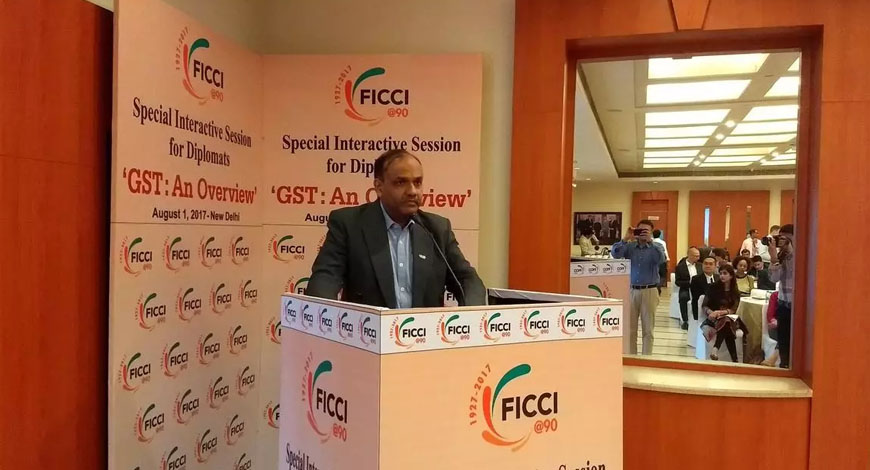Indian economy has exhibited resilience, despite persisting downside risks. Economic Survey 2023-24 released in July 2024 projected India to grow at 6.5-7.0 percent in fiscal 2024-25 – which though a moderation from 8.2 percent growth reported in 2023-24 is encouraging given the global economic environment.
Union Budget 2024-25 maintained a strong commitment towards balancing various objectives for achieving the vision of Viksit Bharat. Continuing and deepening the reforms agenda on nine priorities outlined in the Union Budget 2024-25 will be important for sustaining the resilience seen in the economy.
The Centre should give additional thrust to the healthcare sector. Some of the recommendations are:
- Increase Public Health Expenditure: India’s public expenditure on healthcare touched 2.1% of GDP in FY23 and 2.2% in FY22, against 1.6% in FY21, as per the Economic Survey. Yet it significantly lags the OECD average of 7.6% and BRICS countries’ average of 3.6%. FICCI recommends increasing this allocation to 2.5% of GDP by 2025, as envisioned in National Health Policy 2017. This will help to strengthen healthcare infrastructure, ensure equitable access, and move closer to Universal Health Coverage (UHC) goals.
- Incentivizing Preventive Healthcare: Increase the tax exemption for preventive health check-ups under Section 80D from ₹5,000 to ₹20,000. Additionally, allow employers a separate annual deduction of ₹10,000 per employee for sponsoring these check-ups, over and above current medical reimbursement limits, given the rising advent of lifestyle diseases in India.
- Promote Health Insurance: Double the deduction for health insurance premiums under Section 80D to ₹50,000. Expand eligible dependents under this provision to encourage broader health coverage.
- Healthcare as Industrial Undertaking: Recognize hospitals as industrial undertakings under Section 72A, allowing tax loss carry-forward during mergers and restructuring. This aligns with practices in the manufacturing sector and incentivizes investments in Tier 2 and Tier 3 cities.
- Additional Depreciation for Diagnostics Infrastructure: To meet rising healthcare demands under Ayushman Bharat, the government should provide 50% additional depreciation under Section 32 of the IT Act for investments in diagnostic infrastructure, especially outside metro cities. This aligns with depreciation benefits in other sectors and supports the vision of affordable healthcare for all.
- Import duties on lifesaving equipment should be reduced to ensure affordable healthcare delivery. Offering tax incentives to domestic manufacturers will attract global manufacturers. Additionally, increase the depreciation rate for lifesaving equipment from 40% to 60%, considering their short lifespan and fast-paced technological advancements.
- Incentivize Medical Value Travel for the healthcare sector to contribute to India’s foreign exchange earnings.
FICCI

